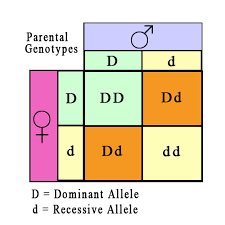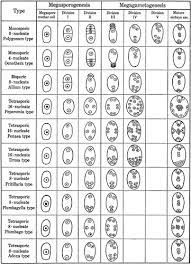PALYNOLOGY
PALYNOLOGY
DEFINITION:
The study of external morphology features of mature pollen
grains is referred to as palynology.
SCOPE OF PALYNOLOGY:
The palynologic research can be either basic or applied. To the
basic aspects belong the pollen morphology in relation to taxonomy and to the
applied aspects belong geopalynology (fossil pollen grains), aeropalynology
(pollen found in atmospheric air), iotropalynology (medical aspect such as hay
fever, criminology, etc.), and melittopalynology (study of pollen in honey).
Palynology
Pollen grains are initially formed in groups of four
(tetrads). Each pollen grain has two poles at opposite ends of what is commonly
described as the polar axis.
The proximal pole (p.p) is at the Centre of the proximal
face (toward the Centre of the tetrad), where as the distal pole is at the Centre
of the distal face (away from the Centre of the tetrad).
The polar axis must always be perpendicular with the distal
pole at the apex and proximal pole at the base.
The pollen grains are said to be heteropolar if their two
faces are different, and isopolar if similar.
In heteropolar grains one face has an aperture while the
other has none.
The equator runs round the surface of isopolar pollen grains
in a uniform way and to facilitate comparison these terminologies and their
definitions are essential.
A schematic illustration of a pollen grain is called ‘palynogram’.
Apertures:
An aperture is any weak area on the pollen surface which is
directly or indirectly associated with its germination.
Long apertures are called colpi, and short ones pores.
The aperture may be simple or compound.
Pollen grains with simple aperture consists of a central region called oral, and an outer region called colpal in corporate pollen (with compound colpi), and polar in pororate pollen (with compound pores).
REFERENCE :
THE EMBROLOGY OF ANGISPERMS 6th EDITION Author; SS BHOJWANI, SP BHATNAGAR ,PK DANTU.




Comments